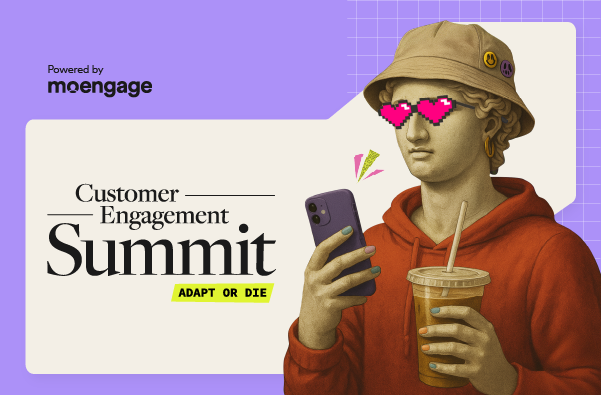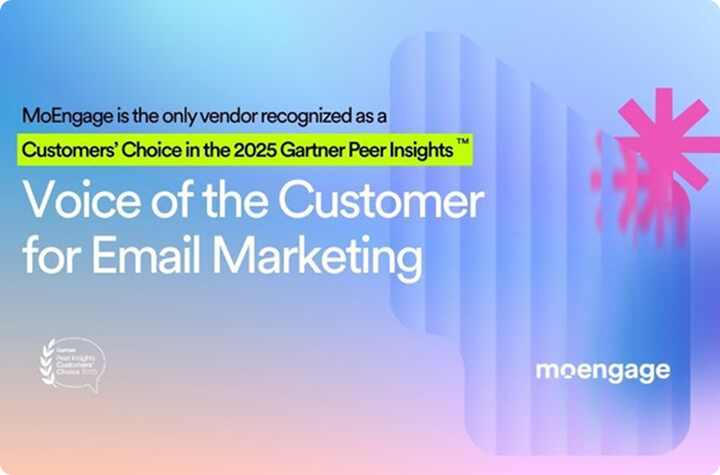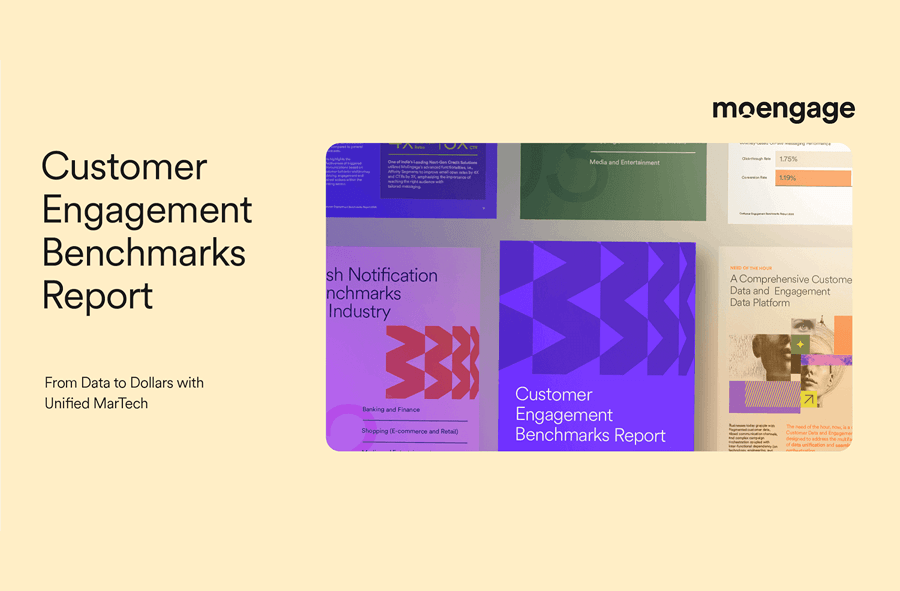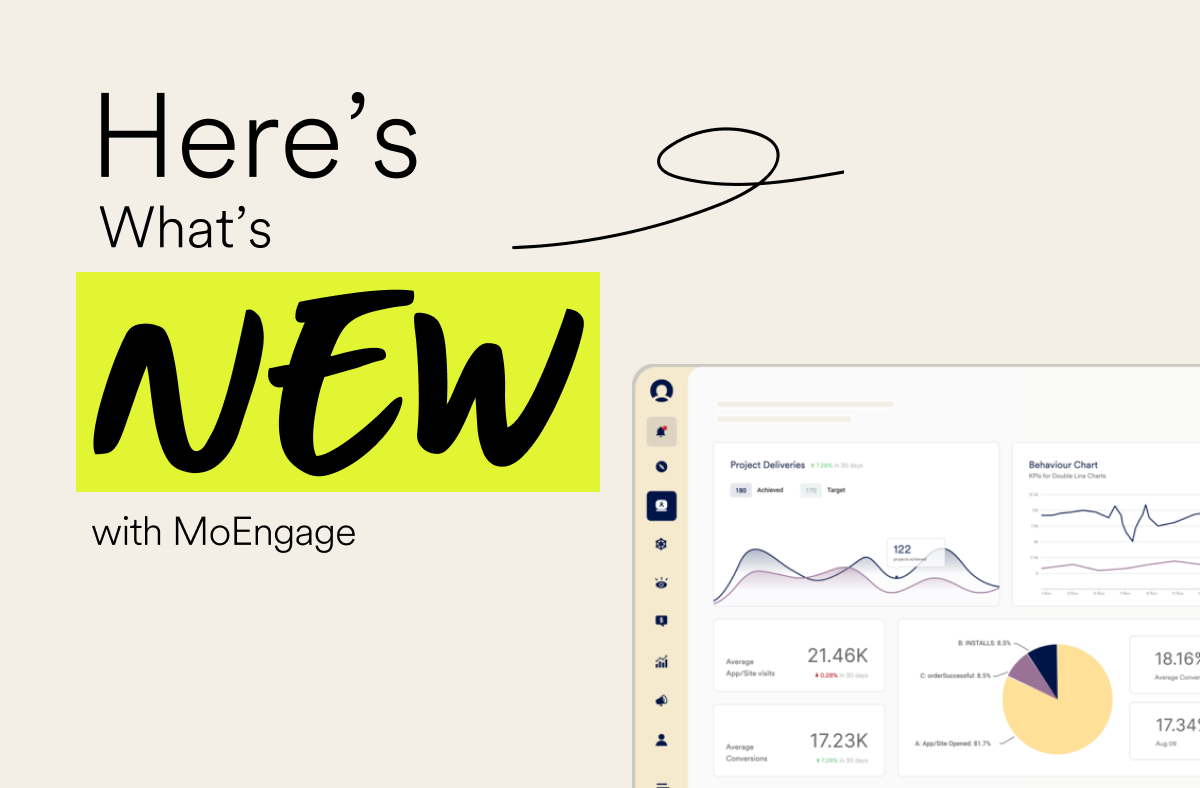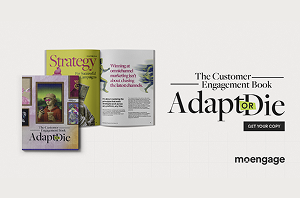How to Master Real-Time Customer Journey Orchestration
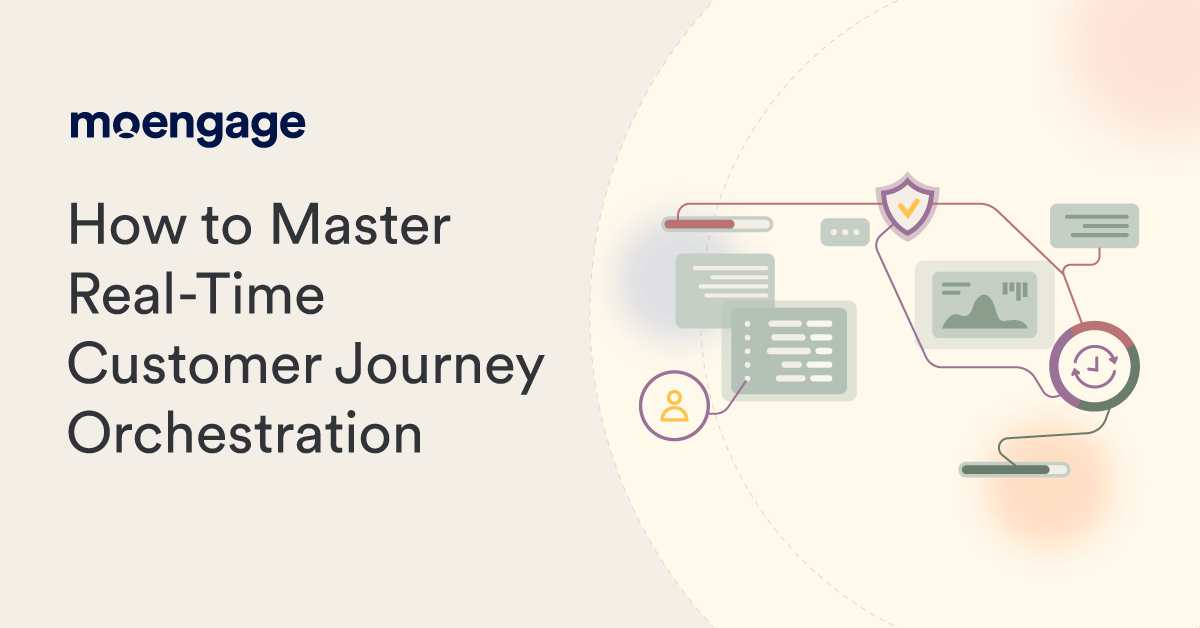
Reading Time: 10 minutes
A key component of giving your customers — both current and potential — enjoyable customer experiences is understanding how they interact with your brand at various touch points.
How do they learn about your brand?
What makes them choose your brand over competitors?
Why do they continue to give your brand business?
And what makes them want to recommend your brand to other consumers?
All of that gives you a general idea of the paths different customer segments take to convert, and what affects things like marketing strategies and communication have on these paths.
But what if you could drill down and analyze customer behavior on an individual level, in real time, and use that to actively direct a customer towards the action you want them to take? This is where customer journey mapping evolves into customer journey orchestration.
In this article, we explain in more detail what customer journey orchestration is, why it’s useful, what common challenges you might face in implementing it, examples of successful campaigns backed by MoEngage, and how leading customer journey orchestration solutions stack up against one another.
What is Customer Journey Orchestration?
Customer journey orchestration is the use of real-time insights into a customer’s behavior to actively curate how they engage with your brand across all communication channels. The goal is to personalize a customer’s experiences according to their needs, increasing retention and lifetime value.
In general, a customer journey is a series of steps a consumer takes to become a customer of your brand — that is, making a purchase, and perhaps even giving you repeat business.
Mapping trends in these steps is useful for understanding the overall paths different customers and customer segments take.
However, it’s only when you start mapping the brand messaging a customer gets as one-to-one responses to their real-time actions that you get customer journey orchestration.
What’s the Difference Between Customer Journey Mapping & Orchestration?
Customer journey mapping is understanding how consumers become your customers. It visualizes the paths they take from becoming aware of your brand to actually purchasing a product or service, or even giving you repeat business. These paths can be different depending on a variety of factors.
Orchestration takes this a step further toward execution.
It’s about using the journeys you’ve mapped as baselines and then applying real-time data from individual customers to them. This allows you to personalize how a customer interacts with your brand across multiple communication channels. Ultimately, this makes it easier to guide a customer towards the action(s) you want them to take.
Common Challenges of Customer Journey Orchestration
While real-time customer journey orchestration makes for the kind of brand engagement that consumers want (and are increasingly expecting), it’s easier said than done. There are a number of hurdles to successfully implementing customer journey orchestration, a few of which we’ll discuss below.
| Challenge of Customer Journey Orchestration | Why It’s Important To Overcome This |
| Getting team buy-in | You need to be able to show how customer journey orchestration is beneficial to your organization in order to get the necessary resources and buy-in for it to work |
| Understanding the process’s value | The returns of customer journey orchestration are hard to quantify in terms of dollars and cents, but seamless journeys are essential for building trust and increasing loyalty. |
| Lack of a collaborative, customer-centric company culture | If customer data and operational functionality are siloed within your organization, it becomes extremely difficult to offer customers a seamless multi-channel brand experience |
| Legacy technology systems | Outdated systems that aren’t purpose-built and can’t communicate with each other make it difficult to properly analyze and orchestrate customer journeys at both macro and micro levels, let alone deliver actionable or real-time insights into customer behavior |
| Data usability issues | There are many obstacles to collecting data that’s accessible, complete, and accurate; but failing to do so can lead to a lack of correct (let alone meaningful) conclusions being drawn from the data |
| Prioritizing efficiency over personalization due to cost | Pigeonholing customers into standardized journeys might save money in the short term, but can be costly in the long run if it results in impersonal or otherwise bad customer experiences |
6 Customer Journey Orchestration Examples to Learn From
So, what does customer journey orchestration look like in a practical sense? Here are six projects MoEngage worked on that illustrate the applications of orchestrating customer journeys and the kind of return on investment we can offer.
1. Perfectly-timed & personalized outreach
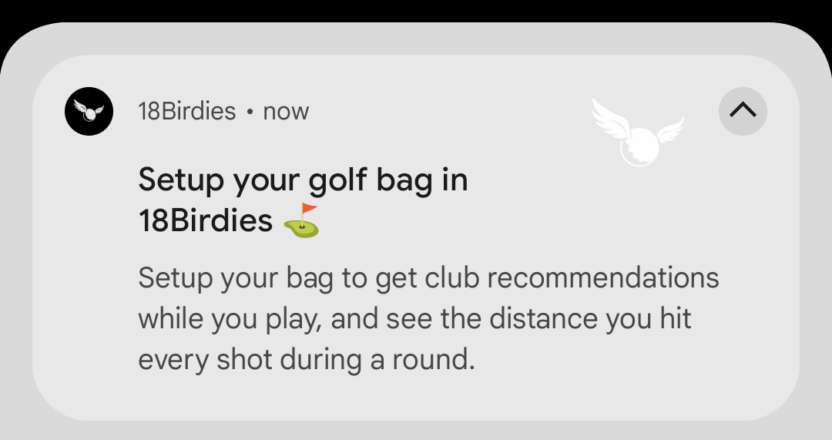
One of the most crucial components of customer journey orchestration is nailing the timing, tone, and contents of your messages. Every interaction should be carefully curated and personalized to your customer’s needs and preferences to maximize engagement.
To do this, brands need to personalize each touchpoint in the customer journey, including the channel they use, delivery timing, and the messaging itself.
18Birdies, a platform that creates a digital community for golfers around the world, did just that when they revamped their customer engagement strategy.
Looking to create a more cohesive experience for their customers and increase mobile app adoption and stickiness, 18Birdies implemented personalized messaging that helped their messaging better connect with customers based on where they are in the customer journey, timed perfectly based on their recent activity.
Using this strategy, they were able to deploy timely onboarding and engagement campaigns that activated customers. For example, customers who completed sign ups but didn’t add golf clubs to their bag in-app were served a mobile push that requested them to come back and do so.
By personalizing their mobile push notifications in such a manner, 18Birdies increased customer satisfaction and app adoption.
By creating a cohesive, omnichannel experience for their customers, 18Birdies was able to achieve a 50% reduction in their email marketing campaigns, deploy double the campaigns from the previous year, and save 3 months in implementation time with top-of-the-line customer support.
2. Sending personalized recommendations in cart abandonment emails
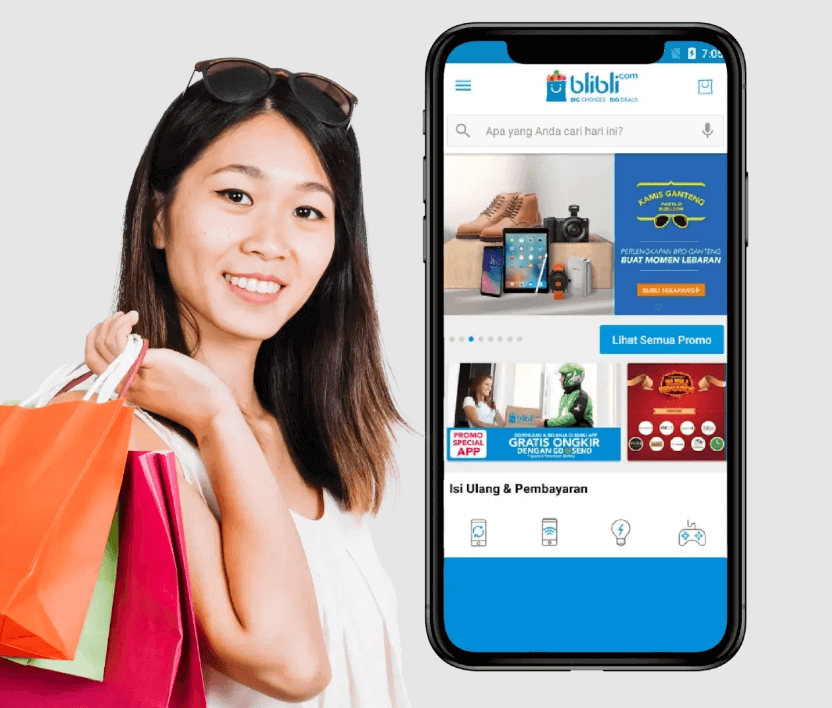
Another way to use a customer journey orchestration platform is to reach customers with personally-relevant deals based on where they’ve been and when they’re most likely to shop. This is especially useful for online marketplaces where users have considered buying items, but then abandoned their shopping carts.
That’s what the ecommerce brand Blibli did using MoEngage. Using geofenced push notification and email campaigns, Blibli was able to re-engage customers with personalized location-based item recommendations.
It was also able to launch these campaigns in time for prime shopping days in Southeast Asia, when there were likely to be more discounts and deals. The results included a 7x increase in abandoned cart conversions, as well as an overall conversion rate 5x higher than the industry average.
3. Reactivation campaigns for subscription model companies

Companies with subscription-based business models can also use customer journey analytics & orchestration platforms to keep subscribers engaged and entice them to renew their subscriptions.
Consider the case of Kompas.id’s. By analyzing when and why customers tended to drop off its news and media platform, Kompas.id was able to reach customers with re-engagement messaging through the right channels at the right time.
Using in-app messaging along with emails, push notifications, and WhatsApp messaging, Kompas.id was able to notify users when their subscriptions were about to expire and encourage them to renew these subscriptions. As a result, Kompas.id saw a 39% increase in daily active users, a 25% increase in paid subscribers, and a 13% decrease in app uninstalls.
4. Re-engaging inactive customers with personalized push notifications
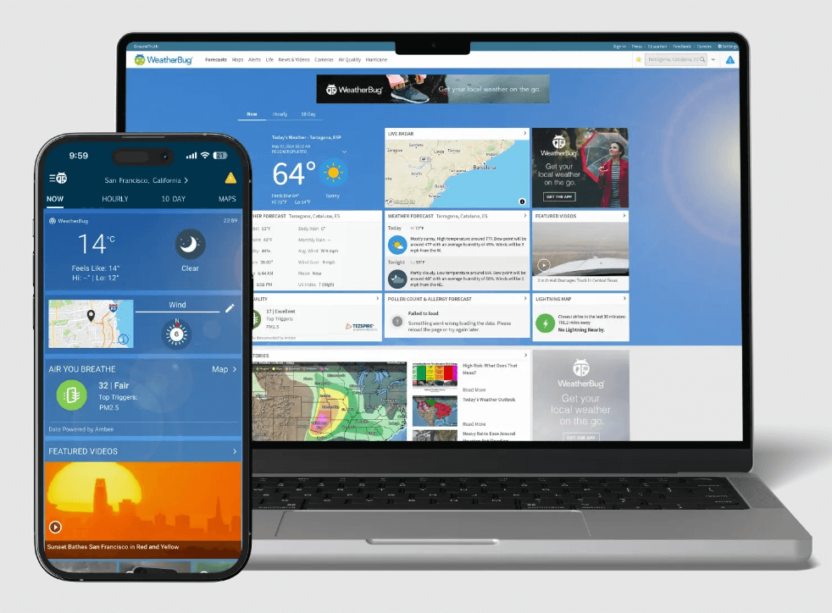
A customer journey orchestration tool can also be used to re-engage customers who haven’t interacted with your product or service in a while, and thus show signs of completely disengaging with it (app uninstalls, subscription cancellations, etc.). Weather application WeatherBug partnered with MoEngage to help solve this problem.
Using push notifications and in-app messaging, WeatherBug sent personalized forecasts to users who hadn’t opened the app in at least 5 days. This allowed WeatherBug to re-engage and retain over 220,000 customers while keeping its app uninstall rate from significantly increasing.
5. Increasing repeat purchase frequency with effective loyalty programs
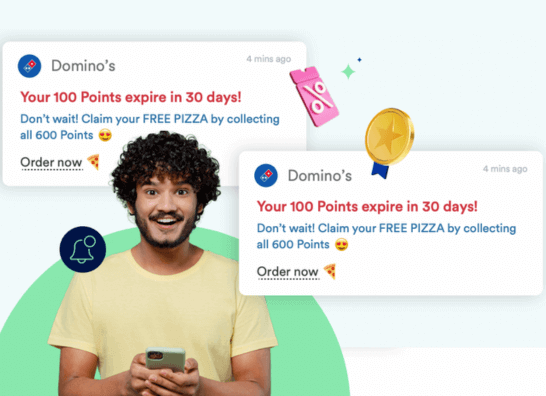
Like with subscription-based services, customer journeys can be orchestrated to maintain customer engagement with loyalty programs and limited-time offers. An example is the pizza chain Domino’s, which tapped MoEngage to manage outreach for its loyalty program in India.
Started in 2023, Domino’s “Cheesy Rewards” allowed customers to build up reward points by placing orders of at least a certain value.
Using in-app notifications, MoEngage orchestrated customer journeys by prompting additional orders so customers could earn the reward points necessary for free pizza, spend their reward points before they expired, or take advantage of other offers and promo codes.
The program was so successful that it accounted for 20% more orders and revenue than all other Domino’s orders not made through the program.
6. Poshmark personalizes their customer journeys for greater traction
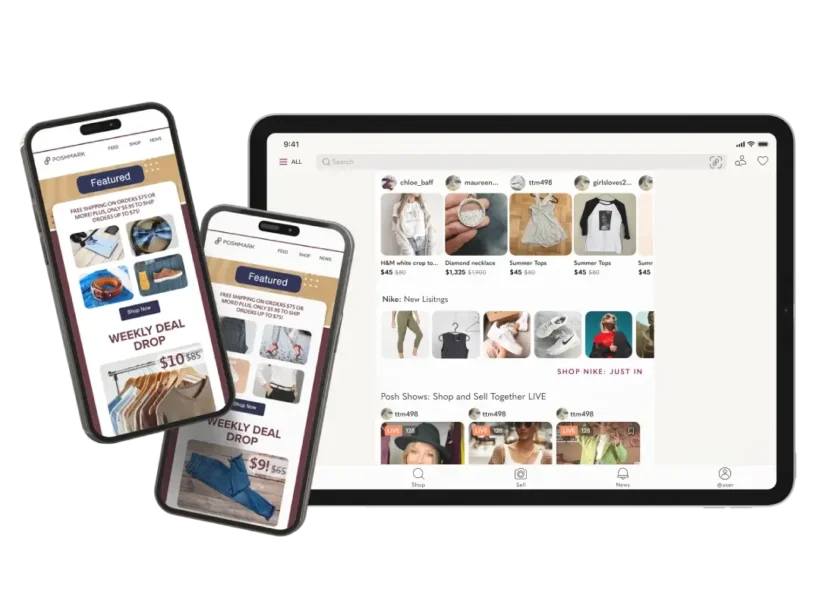
Poshmark has a complex customer base comprised of both buyers and sellers. To make the marketplace successful, they not only need to keep both types of customers happy, but they also need to be able to encourage more active engagement, and encourage buyers to become sellers.
When Poshmark was in the process of looking for a new customer engagement platform to help them do just that, they also had to consider how they’d migrate their existing campaigns.
As a well-established brand, Poshmark had a variety of successful email marketing campaigns that they needed to migrate over to the new platform, including their most popular “Just Picked For You,”, “Just In Listings,” and their series of Posh Show journey campaigns.
By successfully migrating to MoEngage, Poshmark was able to keep their existing campaigns, but gain the ability to leverage our suite of features. Using Smart Recommendations, Poshmark was able to send personalized messages that better understand their customers based on their previous activity and behavior.
This enabled Poshmark to develop customer journeys that not only supported their customers, but nurtured Listers into Sellers, increasing brand loyalty and motivating customers to engage repeatedly and regularly.
With MoEngage, Poshmark sends 1.5 billion emails each month; and with more comprehensive targeting, these orchestrated journeys are able to drive far greater engagement and conversion rates.
In fact, flow versioning led to a 60% increase in open rates and a 30% uplift in converting listings to sales.
Top 3 Customer Journey Orchestration Software & Tools
So what are the top customer journey orchestration platforms on the market? And what do each of them have to offer you? And how can you use them together to orchestrate seamless journeys and maximize customer engagement? Let’s take a look.
1. MoEngage
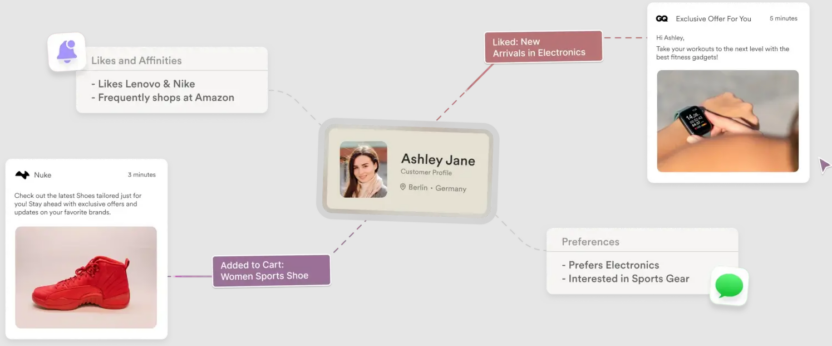
MoEngage takes a holistic approach to customer journey orchestration. Our tech stack allows for analyzing and segmenting customers, personalizing messages, and automating multi-channel communications delivery all from a central location — not as functions of separate tools. This integrated approach means your campaigns can go live (or be updated) within a matter of minutes.
Why it stands out: Our AI engine, Sherpa, takes your customers’ data and uses it during analysis to create even more granular reports on how they interact with your brand. You can then leverage these insights to personalize messages and orchestrate customer journeys.
2. Adobe
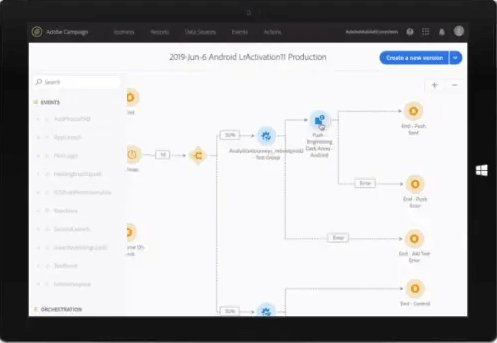
Image Source: Adobe
Brought to you by a well-known name in technology, Adobe has tools like Adobe Experience and Adobe Campaign that collectively provide an end-to-end customer journey orchestration solution. They’re able to draw on data gathered by each other, as well as other Adobe products, for deeper insights.
However, this can sometimes be a drawback in that these tools are part of an interconnected tech stack that does several other things. So it may take a long time to set the whole system up before you’re effectively able to use them. This also requires significant changes when you want to adopt a new feature, as you will need to integrate a new platform into your existing tech stack each time you want to do so.
That being said, Adobe excels by being a modular suit of products that operate smoothly using APIs. This enables clients to build intuitive tech stacks that have the tools and features they need. While Adobe definitely has robust platform offerings, messaging — and certainly personalized omnichannel messaging — is not Adobe’s strong suit. MoEngage makes a great fit for Adobe customers looking to add complex transactional messages and communication campaigns to their repertoire.
Why it stands out: Data from other Adobe products is automatically sent to the Adobe Experience platform, so you can leverage it across all systems.
See how MoEngage compares to Adobe in terms of how rapidly you can orchestrate customer journeys.
3. Microsoft Dynamics 365
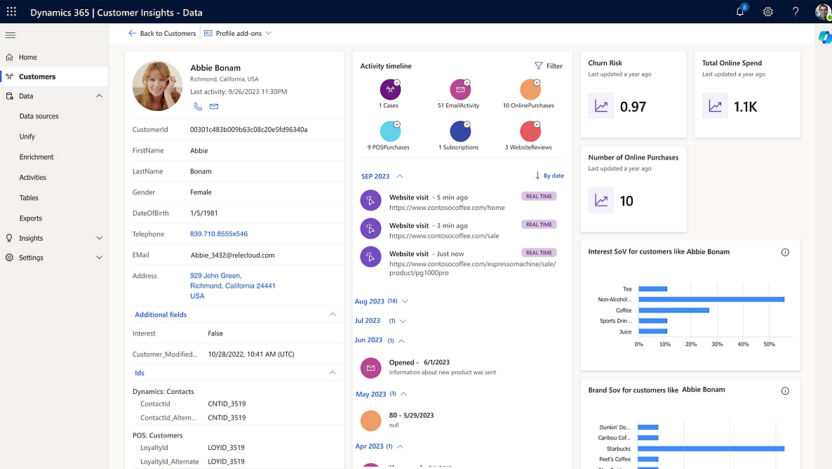
Image Source: Microsoft
Microsoft Dynamics 365 harnesses the power of AI to deliver richer customer insights at the macro and micro level. Real-time data analysis updates allow for creating or optimizing defined customer groups, while AI-powered identity management allows for a deeper understanding of how individual customers interact with your brand. All of this allows you to orchestrate customer journeys with precision.
MoEngage helps brands make the most of their Microsoft Dynamics 365 Customer Insights data by allowing teams to export customer segments. This ensures teams can utilize MoEngage’s omnichannel customer engagement platform to create flawless customer journeys and experiences.
Why it stands out: You can leverage Microsoft’s long-standing databases to enrich customer profiles with data sources that come from Microsoft’s proprietary AI.
Leveraging MoEngage to Orchestrate Optimal Customer Journeys
Modern customers looking for simple, convenient, and enjoyable experiences want seamless journeys that empower them to easily navigate a brand’s products and services.
But this doesn’t just naturally happen; especially when brands are creating omnichannel journeys for a wide range of different customer segments. It requires clearly orchestrated customer journeys that engage customers on the right channels, at the right time, and with the right messaging.
MoEngage’s Cross-Channel Marketing solution helps brands orchestrate customer journeys that activate customers at key points in their customer lifecycles. This helps brands get more traction with customers so they can drive more value from experiences and campaigns.
Schedule a demo with our team to find out how we can help you orchestrate seamless journeys that get customers from a first visit, to a completed conversion, to a brand advocate.

